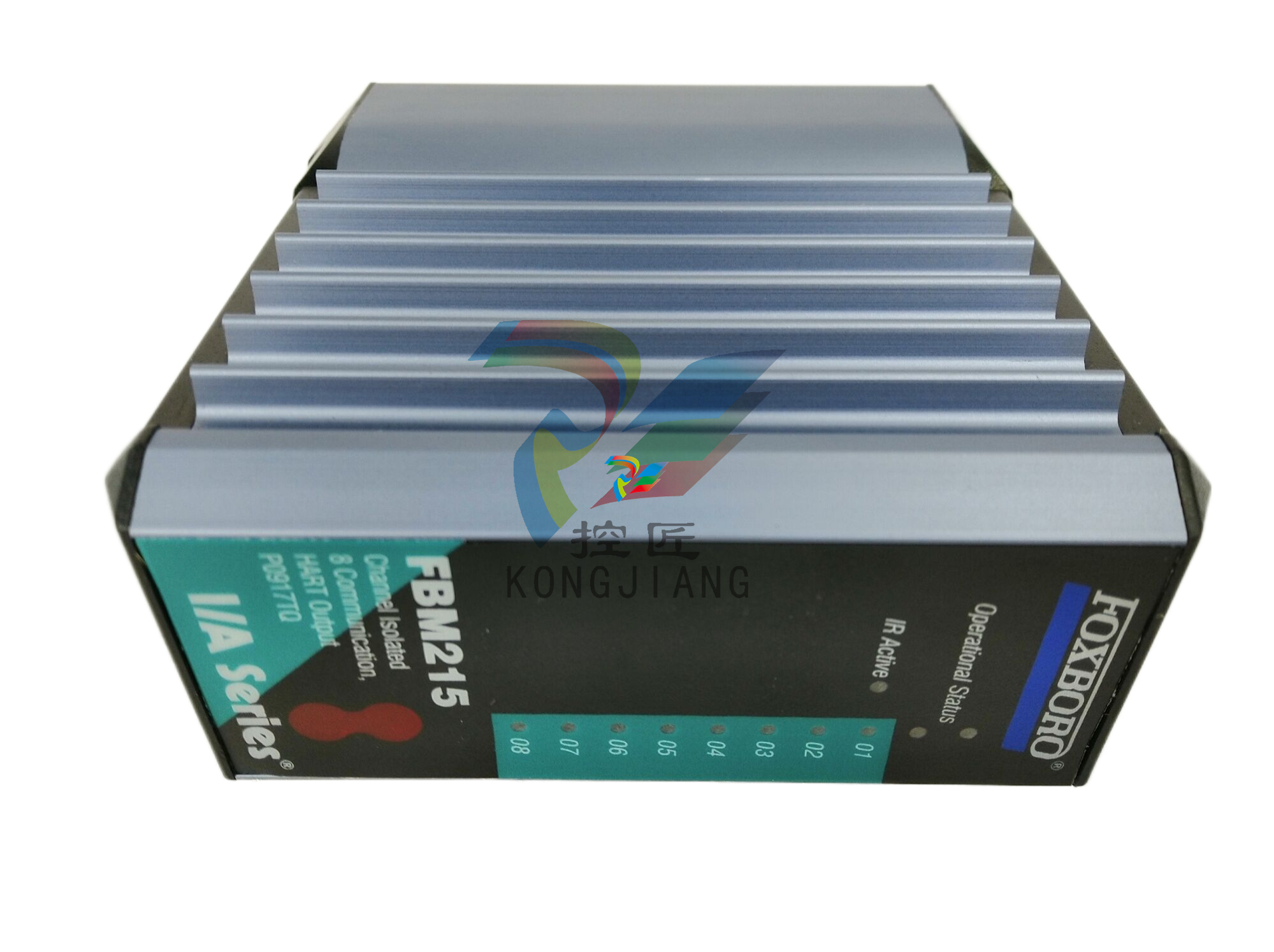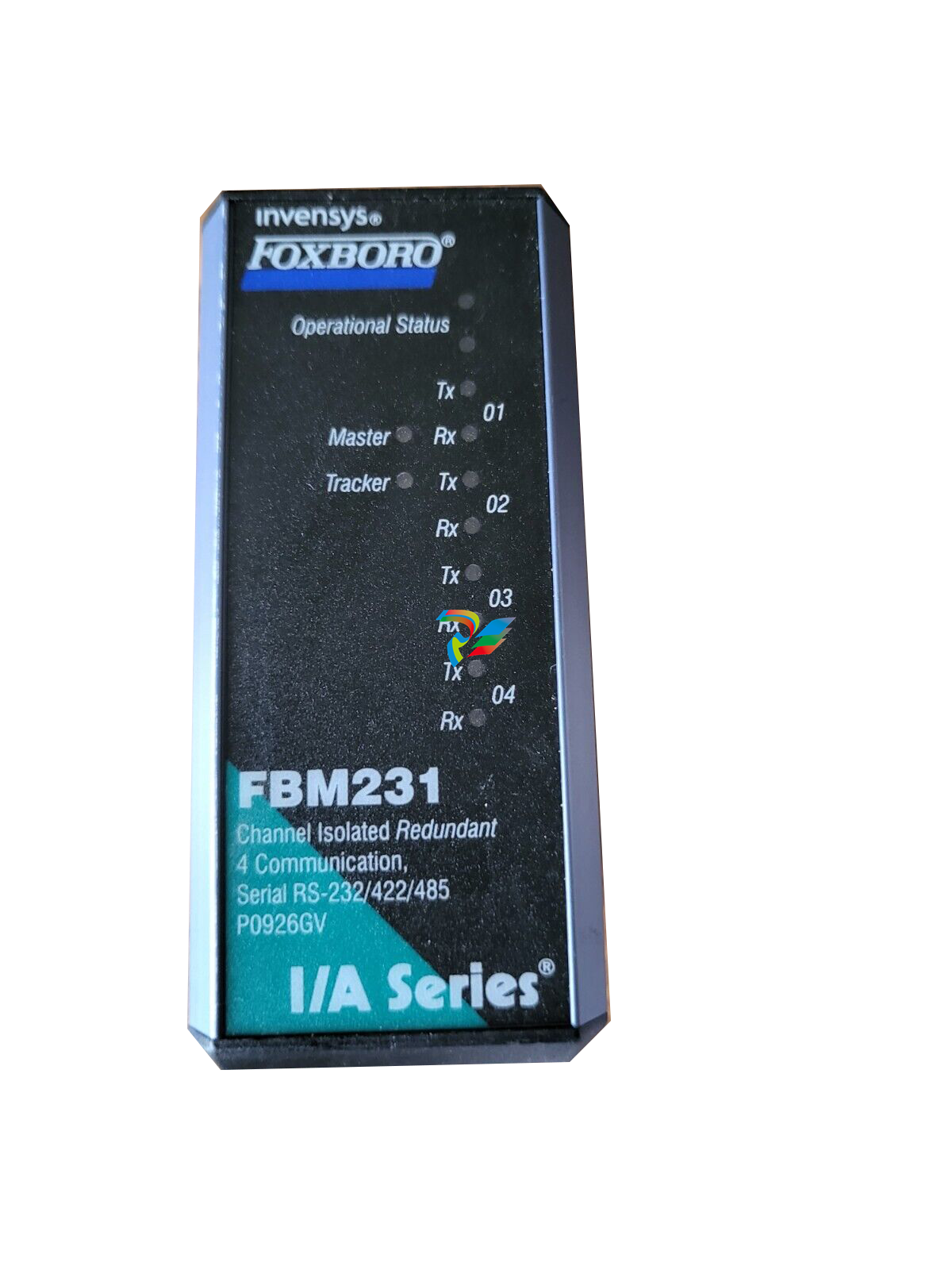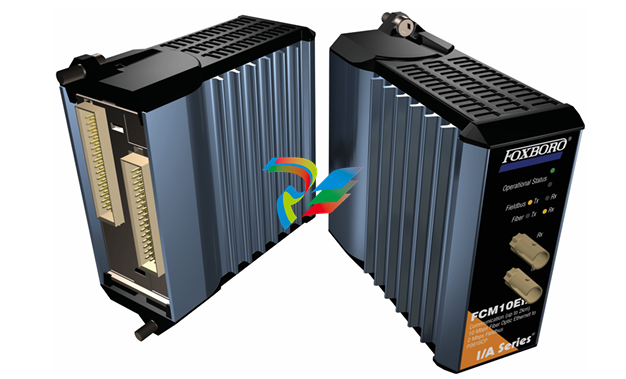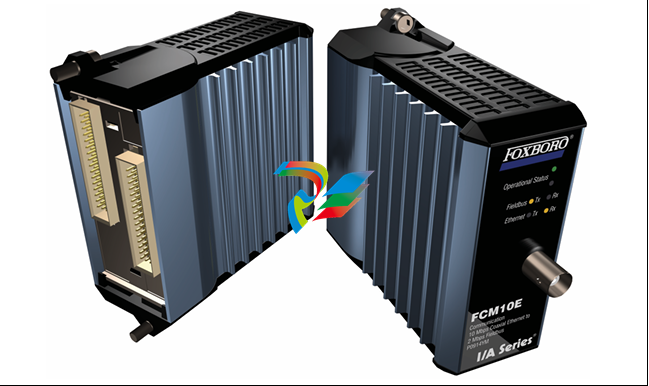
Wireless Lessons from Construction Sites
Given these use cases and the requirements for each, one must also consider that the use cases would exist concurrently such that video, teleoperation, safety and monitoring would be operating simultaneously. The deployment architecture, type of service provider and RF band or bands should be selected carefully to support the requirements of the construction project. The requirements of each scenario would then determine if a 5G private network could be deployed locally, a large service provider would need to be employed, or a combination of both. We recommend that the selection of deployment architectures be an area of study for construction activities.
5G testbed for construction
To enhance our understanding and practical application of expertise in 5G construction environments, we conducted a literature review for applicable testbeds and channel measurements. Despite finding various experiments on 5G propagation in indoor and outdoor settings, we did not identify a suitable 5G testbed specifically designed for construction environments.
The literature highlighted limitations in current wireless communication capabilities in construction, and discussed the need for 5G applications in construction. Given the lack of comprehensive coverage for construction scenarios, we recommend and plan to develop a dedicated 5G testbed for researching construction-specific concerns.
Unlike conducting wireless network tests directly in an actual construction environment, our testbed would offer enhanced flexibility for system validation and testing. It allows emulation of real-world environments without affecting operational settings, easily adapts to diverse use cases and provides more accurate results than simulations.
The testbed includes 5G system hardware, various 5G-compatible user equipment (UEs) from different vendors, PCs, industrial collaborative robotic manipulators and networking devices. Our current focus is establishing a remote operation control scenario with different IIoT traffic and interference, a common use case in construction.
More about the design of the testbed can be found in our whitepaper.
Looking ahead
The advancement of wireless communications in the construction industry presents a myriad of exciting research opportunities that can shape the future of infrastructure development. These research opportunities offer a road map for research engineers and industry practitioners to collaborate and contribute to the evolution of wireless communication technologies tailored to the unique demands of construction and industry.
Our whitepaper addresses complex wireless communication challenges in the construction industry and provides a way forward for further research and development. It introduces a systematic scoring system to assess wireless connectivity difficulty throughout construction phases, incorporating a comprehensive set of attributes. We also present a novel testbed design for deploying and exploring strategies in a simulated construction environment.
This feature originally appeared in the June 2024 issue of InTech digital magazine.













































.jpg)
.jpg)
.jpg)





.jpg)



.png)
.jpg)

.jpg)
_lVjBYb.jpg)

.jpg)
.jpg)



.jpg)
.jpg)







.jpg)

.jpg)
.jpg)






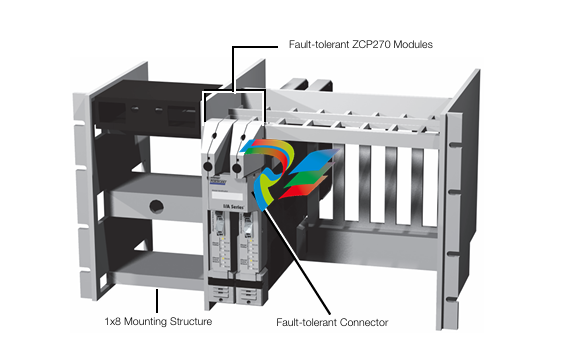

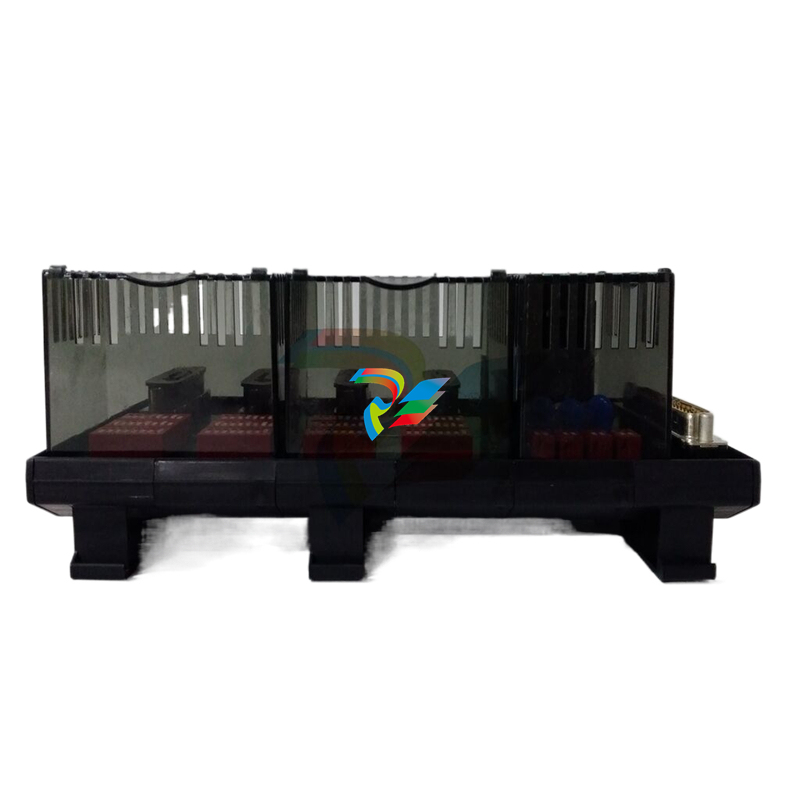
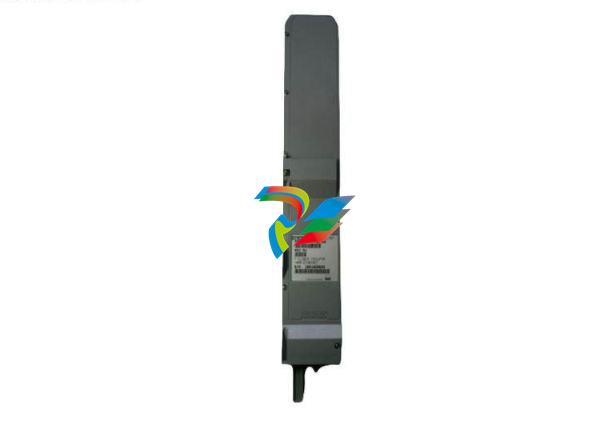
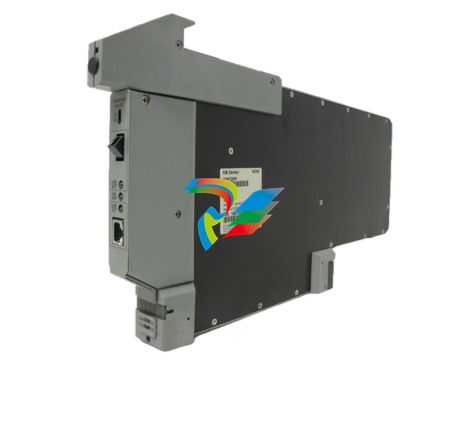
.jpg)
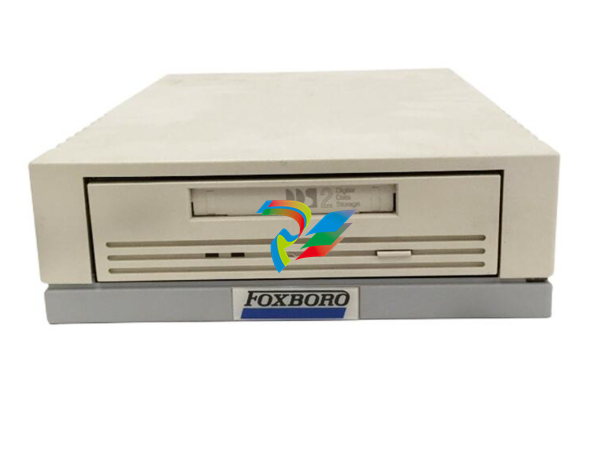

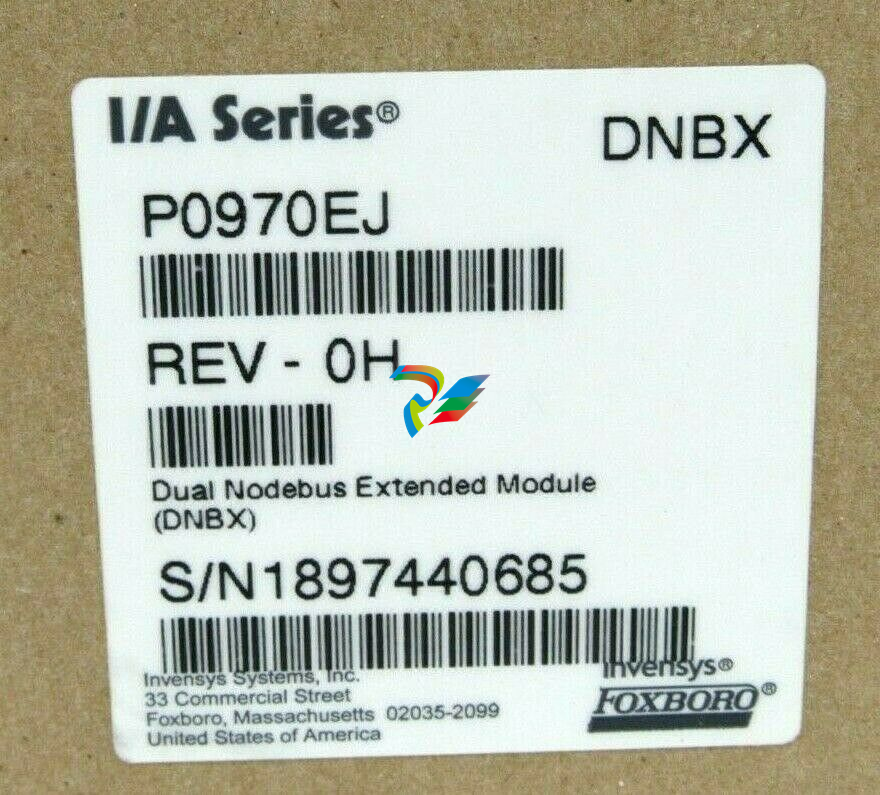

.jpg)
.jpg)
.jpg)
.jpg)
.jpg)
.jpg)
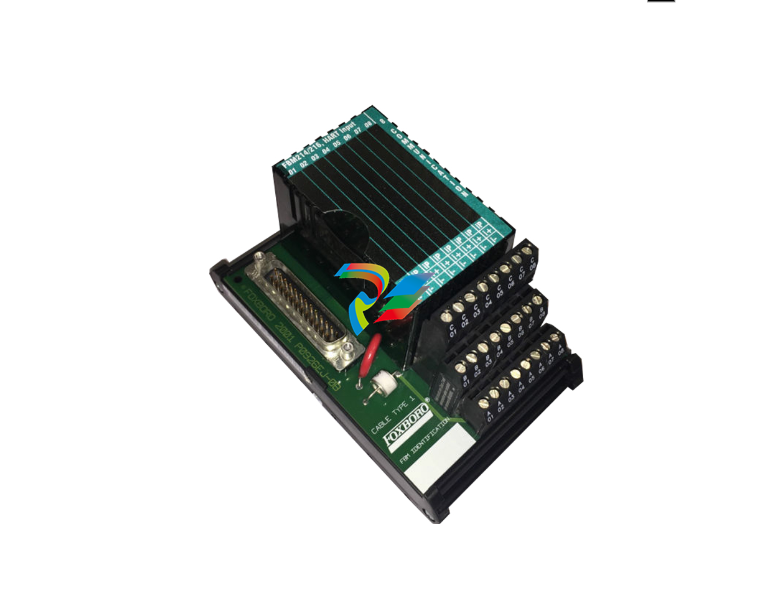
.jpg)
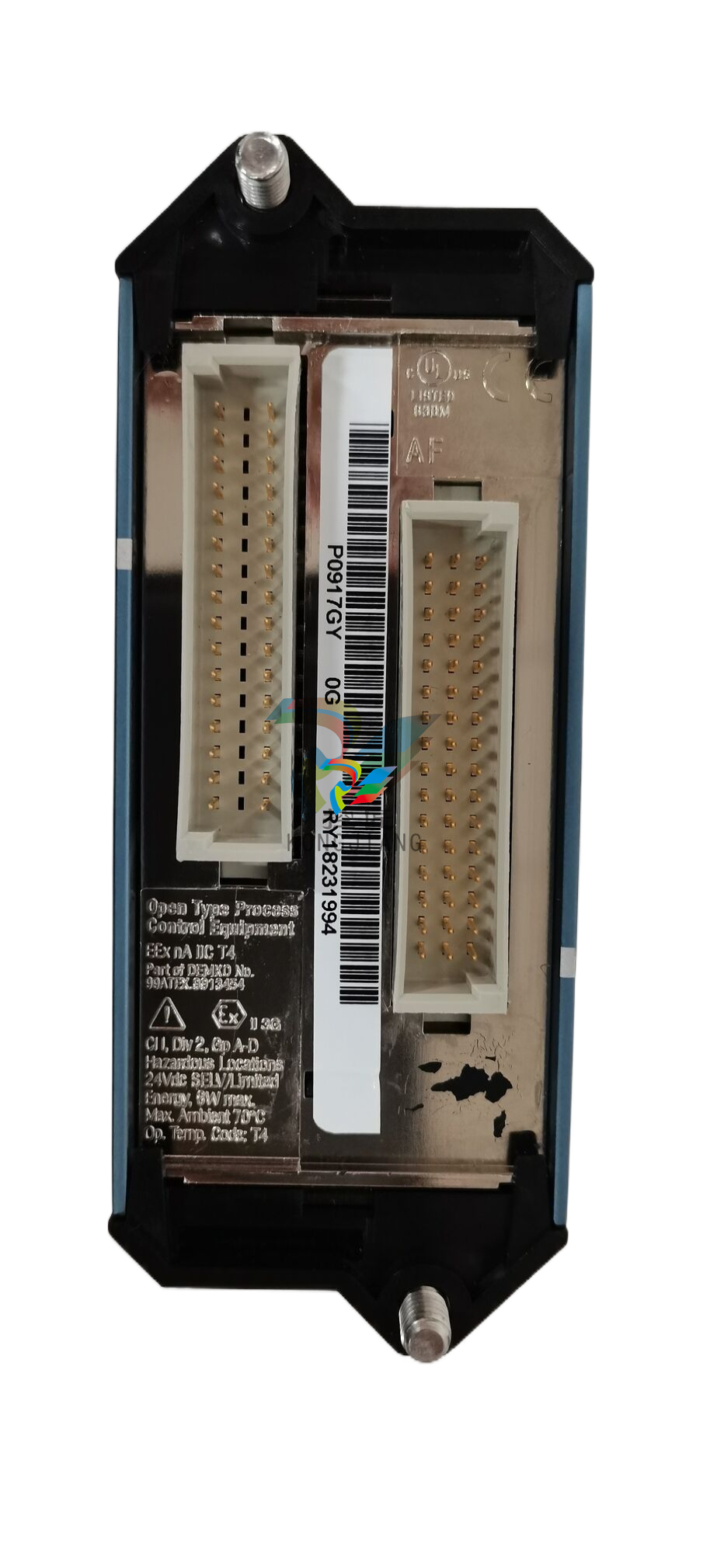
.jpg)
.jpg)
.jpg)
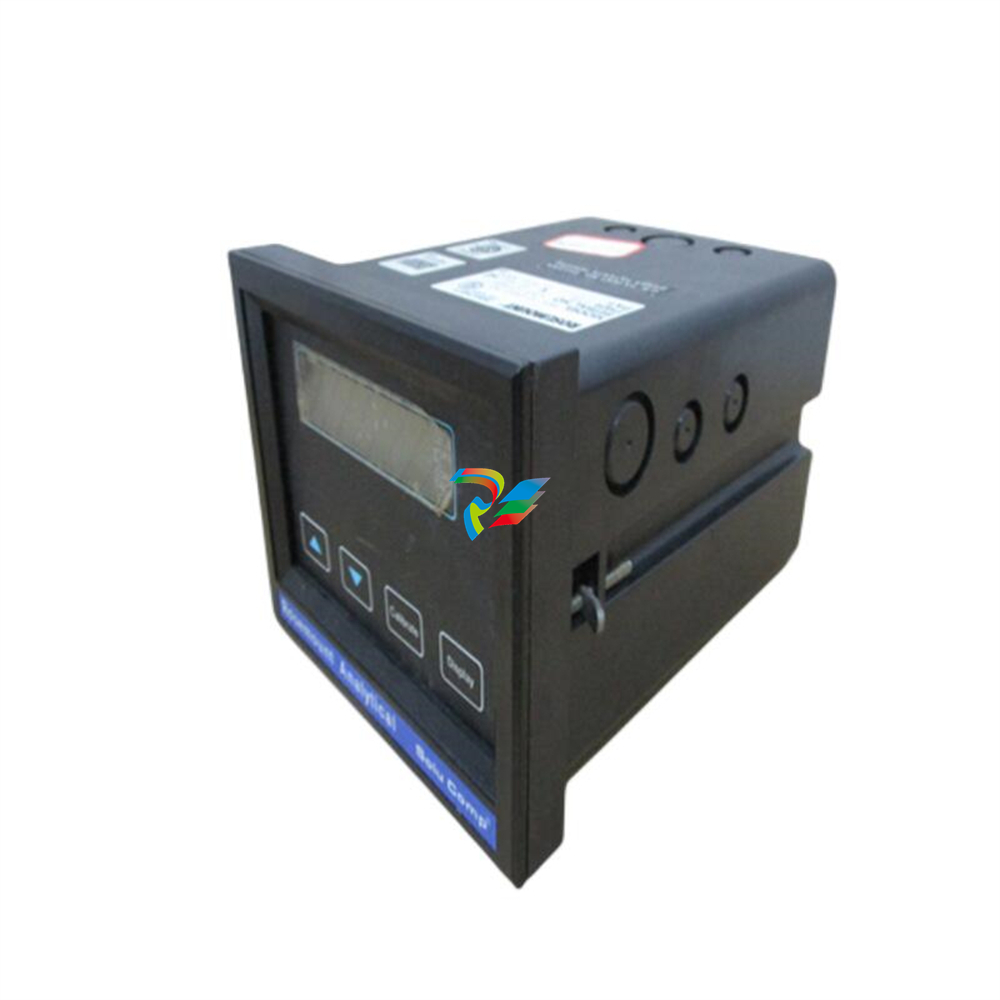
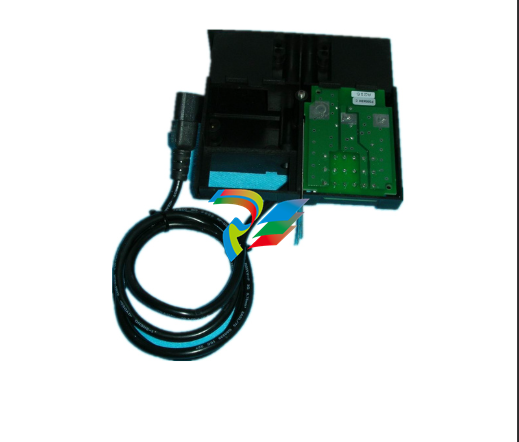
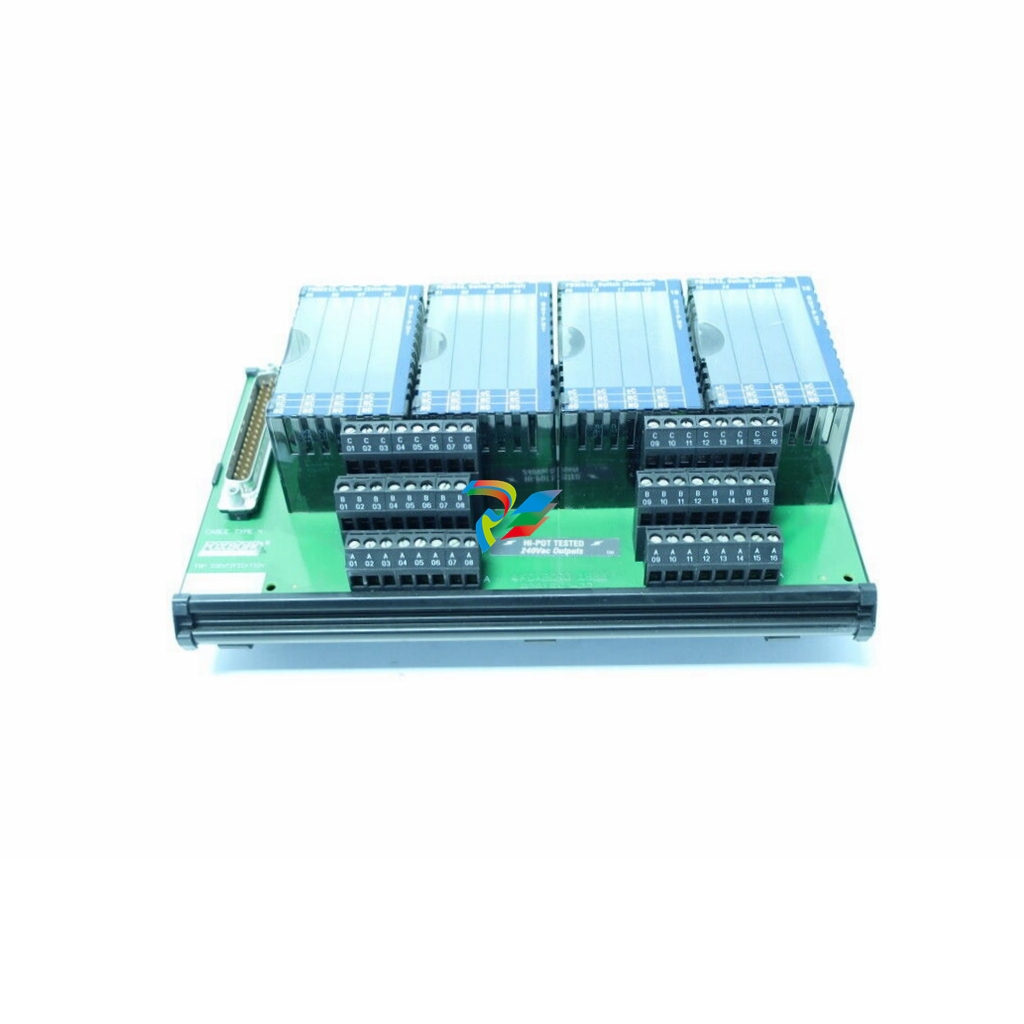


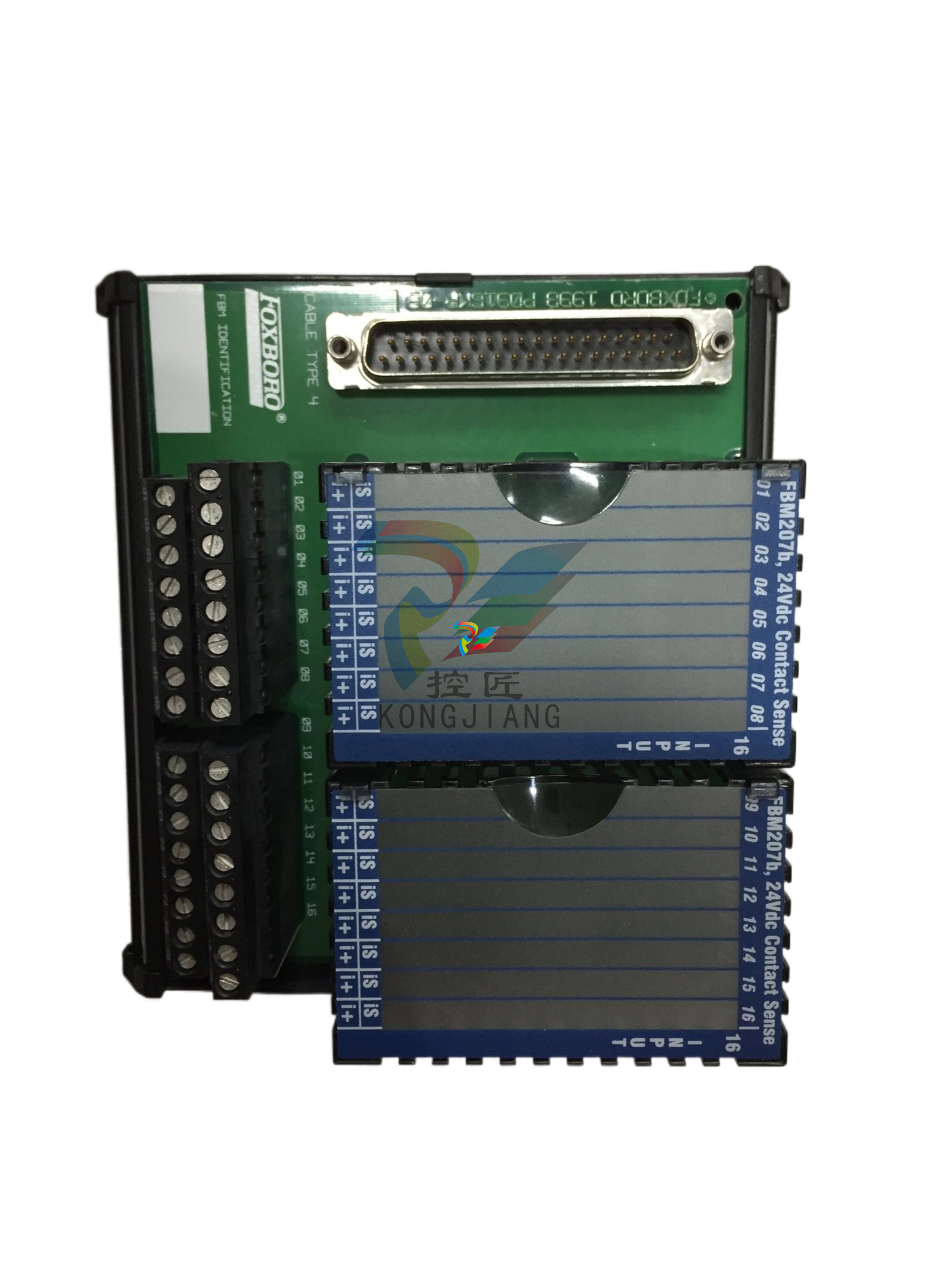
.jpg)

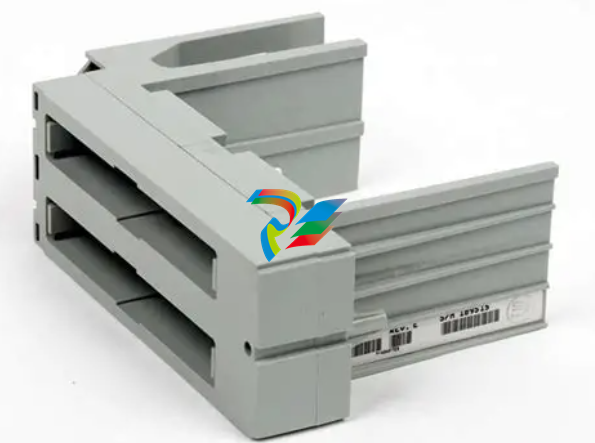
.jpg)
